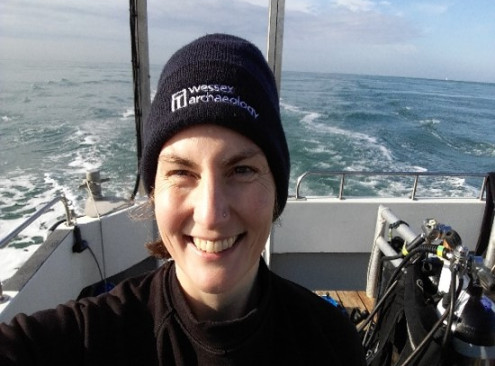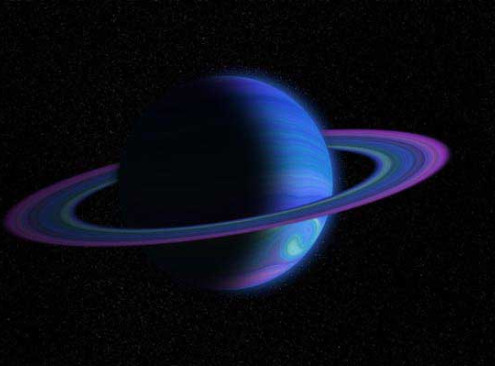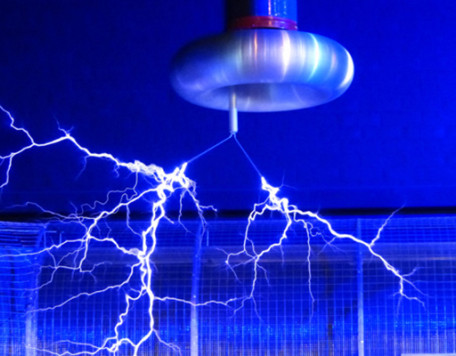© Pint of Science, 2025. All rights reserved.
Come and learn more about Voyager I spacecraft, and the incredible data still being sent back to earth over the course of the last 45 years. Even more history can be found under the sea, exploring shipwrecks using exciting modern technology. And onto the futuristic technology of drones – how do they work and what will we use them for?
The Science of Shipwreck Discovery
Andrea Hamel
(Coastal & Marine Project Manager)
There are over 37,000 known shipwreck sites and recorded ship losses in English waters (as well as probably 1000s that were never recorded!) – but many have not yet been found on the seabed. This talk will cover the science of how marine archaeologists search for and explore wrecks at sea, using geophysical survey techniques, divers and Remotely Operated Vehicles (ROVs).

Voyager I - an overview, and a look back
Derek Haselden
(Electronics assembler and tester, former railway engineer, former aircraft fitter.)
"Voyager I was one of two NASA/JPL spacecraft with that name launched in 1977. Both were intended to explore the gas giant planets of the solar system with Voyager I scheduled to make close fly-bys of Jupiter and Saturn. A further mission option was to fly past Pluto but this was rejected in favour of a close flyby of Saturn's moon Titan. Voyager I reached Jupiter on March 5th 1979, and Saturn/Titan on November 12th 1980, providing the first detailed images of those gas giant planets and their moons. After the Titan flyby Voyager I was ejected from the solar system plane and sent into deep space.
Still sending back data from its onboard scientific packages in February 1990 it was instructed to 'look back' and image the solar system planets from a range of some 3.7 billion miles. One image taken was that of Earth which from this vast distance was a tiny light blue speck caught in a ray of sunlight. This image provided the inspiration for a speech by Dr. Carl Sagan - A pale blue dot.
Several of the non-essential scientific packages were turned off to conserve power but Voyager I is now the most distant man made object some 15.6 billion miles away. Data from Voyager I takes roughly 23 hours to reach us and it is expected that we'll lose contact with Voyager I by 2036 as its power source gets weaker. It will continue to wander through space and although not aimed at any particular object it will fly within a light year of the star Gliese 445, 17 light years from Earth, in 40000 years time. "
Still sending back data from its onboard scientific packages in February 1990 it was instructed to 'look back' and image the solar system planets from a range of some 3.7 billion miles. One image taken was that of Earth which from this vast distance was a tiny light blue speck caught in a ray of sunlight. This image provided the inspiration for a speech by Dr. Carl Sagan - A pale blue dot.
Several of the non-essential scientific packages were turned off to conserve power but Voyager I is now the most distant man made object some 15.6 billion miles away. Data from Voyager I takes roughly 23 hours to reach us and it is expected that we'll lose contact with Voyager I by 2036 as its power source gets weaker. It will continue to wander through space and although not aimed at any particular object it will fly within a light year of the star Gliese 445, 17 light years from Earth, in 40000 years time. "

I didn't know drones could be so big!
Jess Porter
(Regulatory Specialist, Windraces)
Drones of all sizes are taking to the skies, but do they make things better? How do they actually fly? Will they actually deliver to my house? And finally, why are some drones so big? Discover the answers to these questions from the perspective of Windracers, a UK-based cargo drone company helping the future of flight take-off.

Map data © OpenStreetMap contributors.
Other The Winchester Gate events
2025-05-19
Conservation Conversations
The Winchester Gate
113 Rampart Rd, Salisbury, SP1 1JA, United Kingdom
2025-05-20
From Immune Hacks to Electric Shocks: Revolutionizing Health Through Science
The Winchester Gate
113 Rampart Rd, Salisbury, SP1 1JA, United Kingdom



